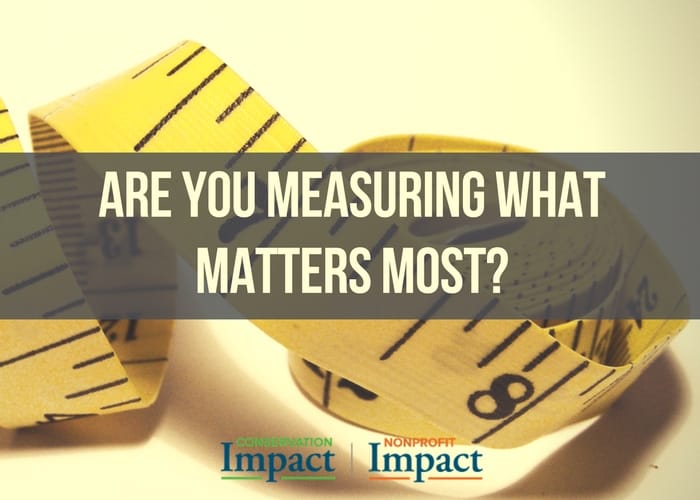
The Most Important Metric You’re Not Measuring – Retention Rates
I just completed a set of fundraising strategies for a client and it sent me down and unexpected path. This client’s goal is to double the unrestricted revenue it raises annually. The research shows a huge market of potential new donors, so I expected to spend my time creating strategies to reach and engage new donors.
But that was before I looked at their fundraising data.
One big nasty spreadsheet later and the best path forward was clear – retaining ~10% more of their current donors will get them 2/3 of the way to their goal. That’s some serious return on investment.
Most nonprofits I talk to daydream about major donors. If I had a dollar for every time I heard, “we just need to find some more major donors,” well, then I could be a major donor.
Do yourself and your organization a favor. Stop with the daydreaming for a minute and learn the lessons your donor retention rate has to teach you.
Consider some recent research findings:
- First-time donors who will give again: 19% (2015 Fundraising Effectiveness Report)
- Second-time donors who will give again: 63% (2015 Fundraising Effectiveness Report)
- On average, nonprofits lost 96 donors for every new 100 donors acquired (2016 Fundraising Effectiveness Survey)
Growing your organization’s base of financial support is about more than attracting new donors. It’s also about keeping the supporters you have. And the research shows that overall, the nonprofit sector’s fundraising “pipeline” has a pretty bad leak.
Plug the Leak!
Start using this important metric and let what you learn inform your strategies. Here are three steps to get started:
- Calculate your annual donor retention rate for the past 3-5 years – your fundraising database likely already has a canned report for this, look for LYBUNT (last year but not this year)
- Drill down a bit and look for patterns. You want to understand who stays and who goes. Is the retention rate the same or different at various giving levels? Among newer donors and more established donors? In different geographic areas?
- Pick one “flavor” of donor and set a goal to improve that retention rate. If your data doesn’t highlight any group in particular, I suggest focusing on either first time donors or mid-tier donors (not the small guys, but not the major donors – whatever that is for your organization)
Image by Hannah Chapman.

